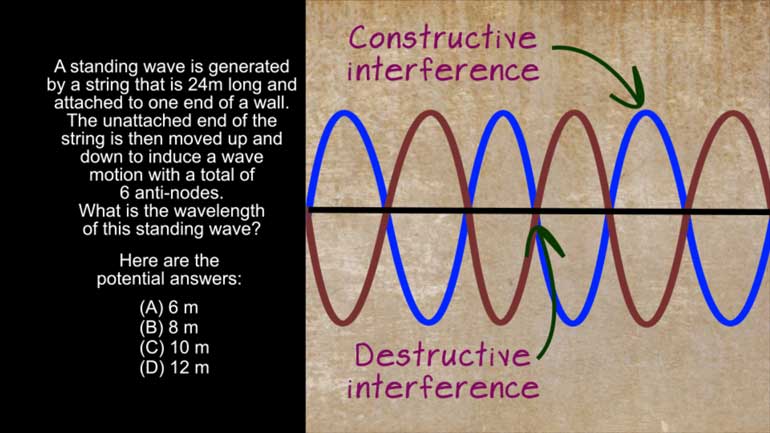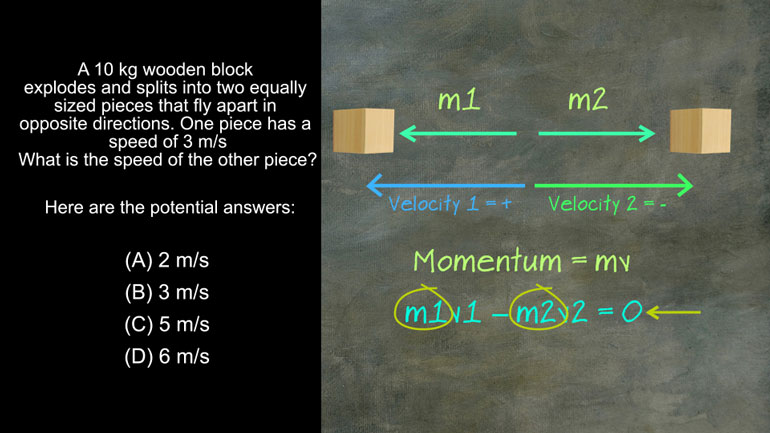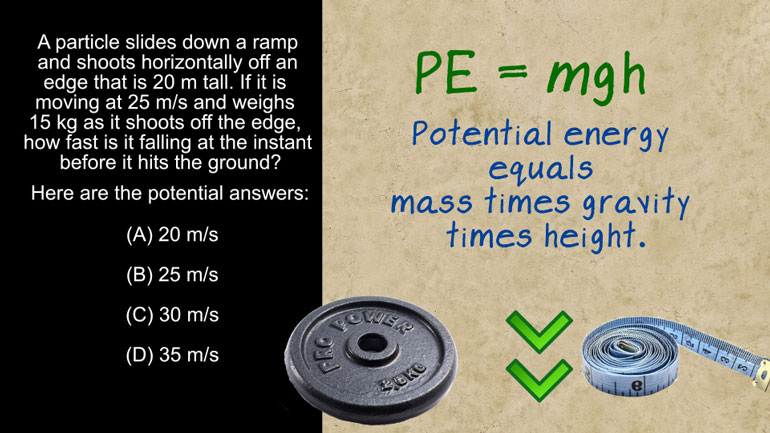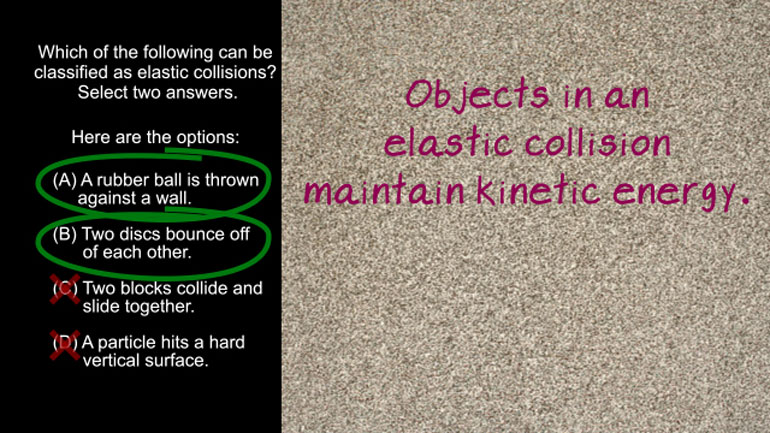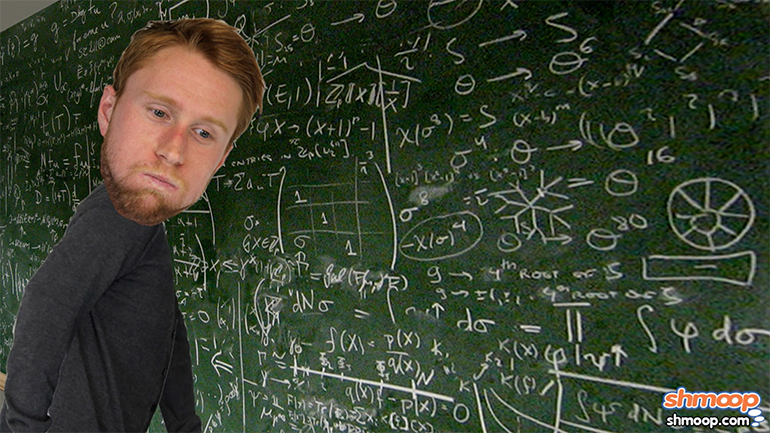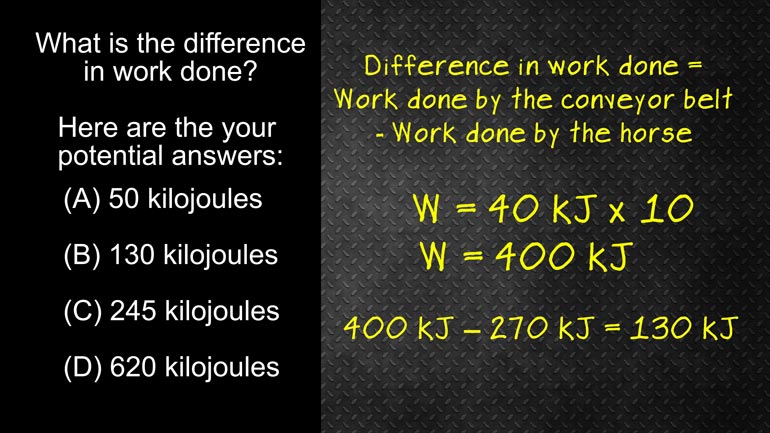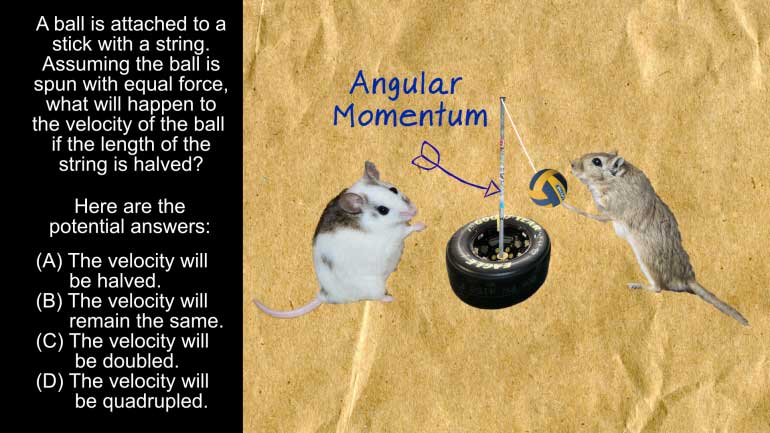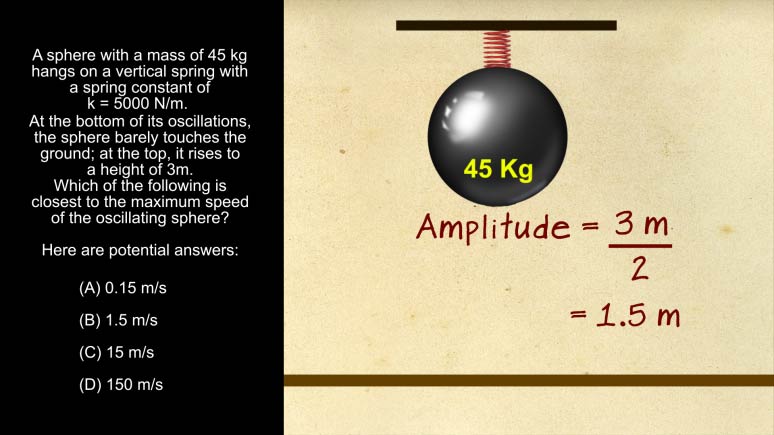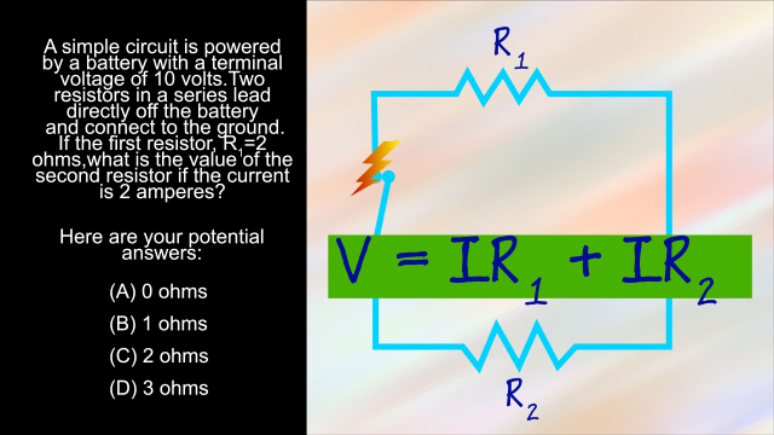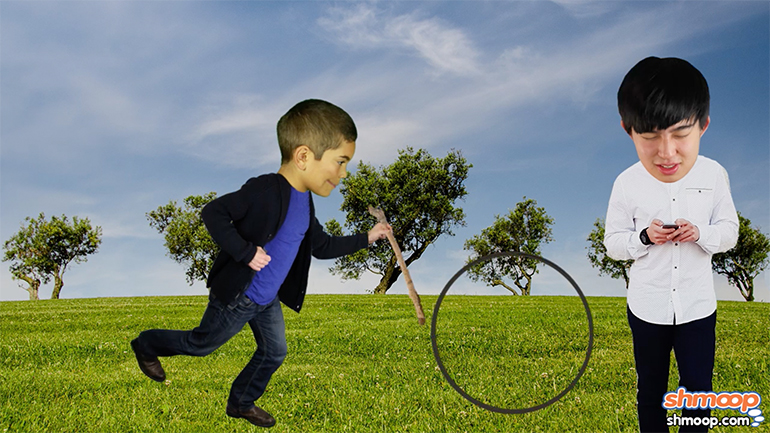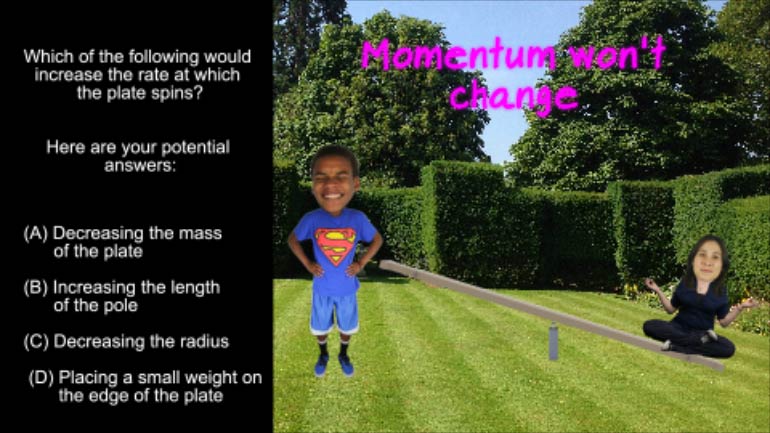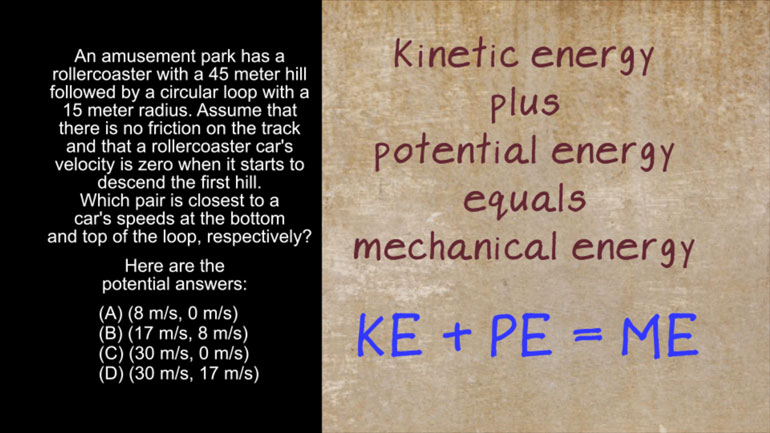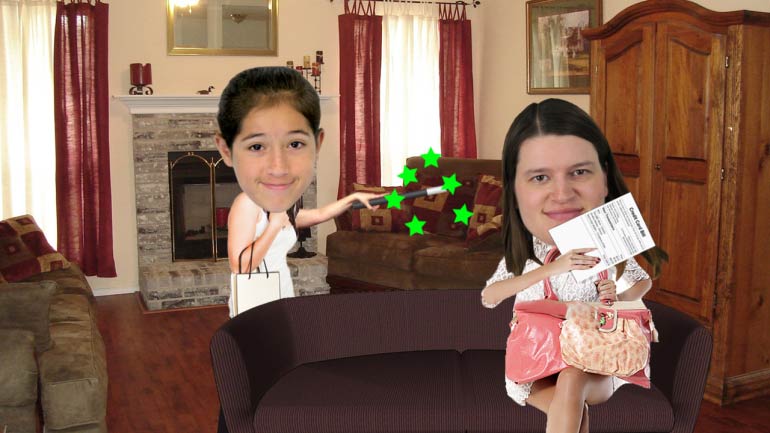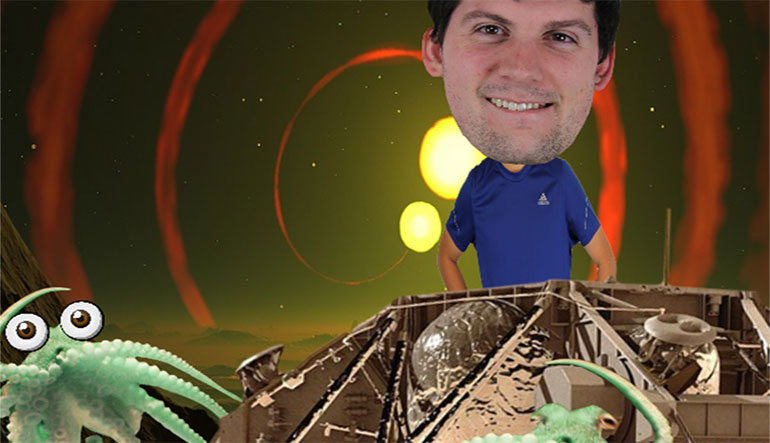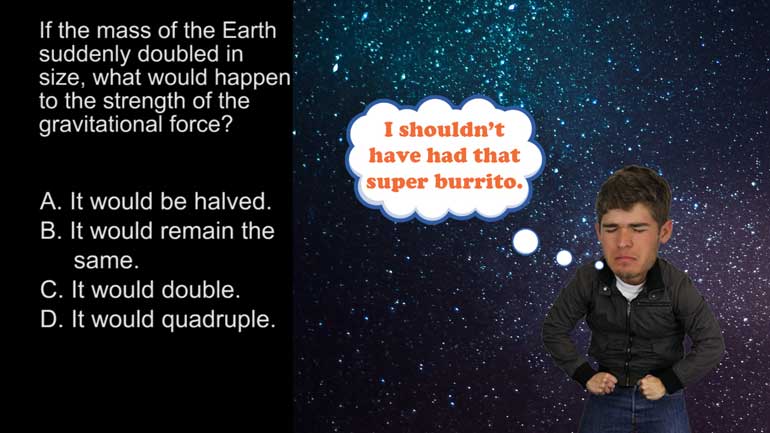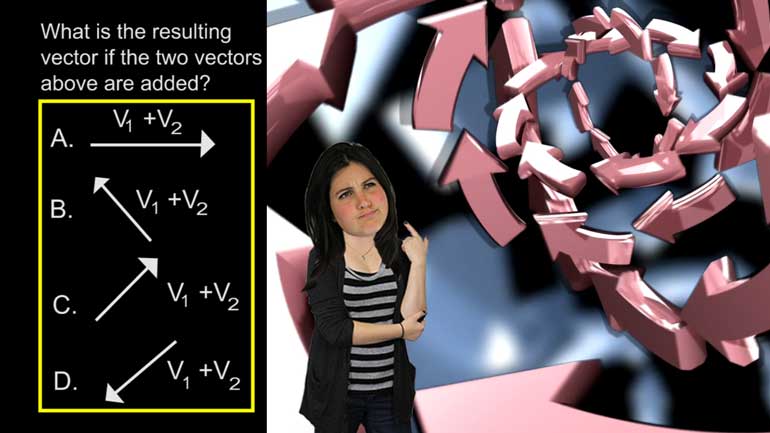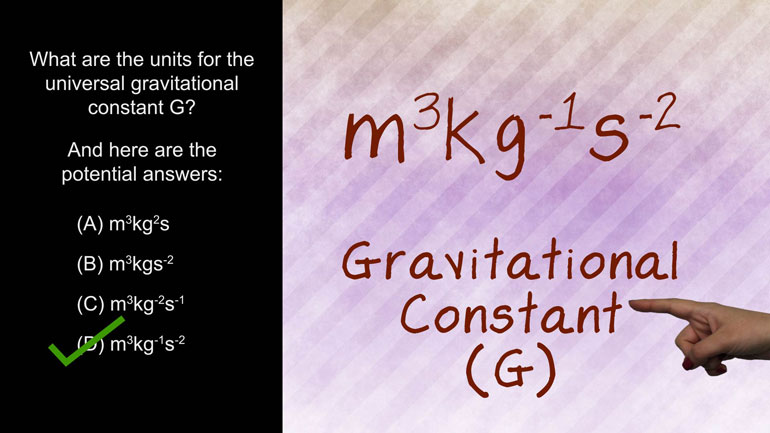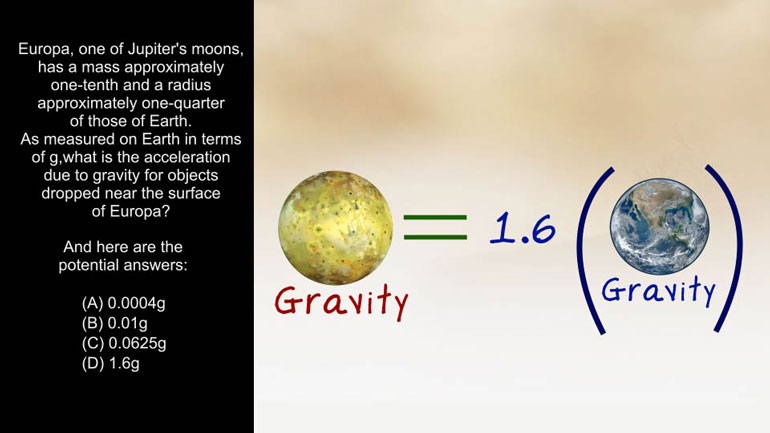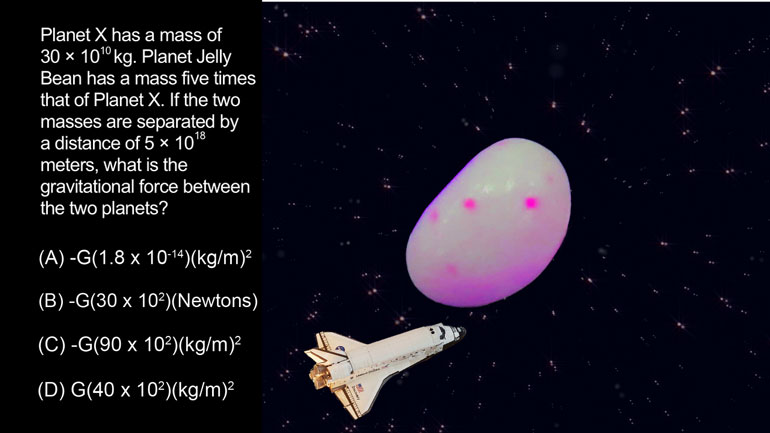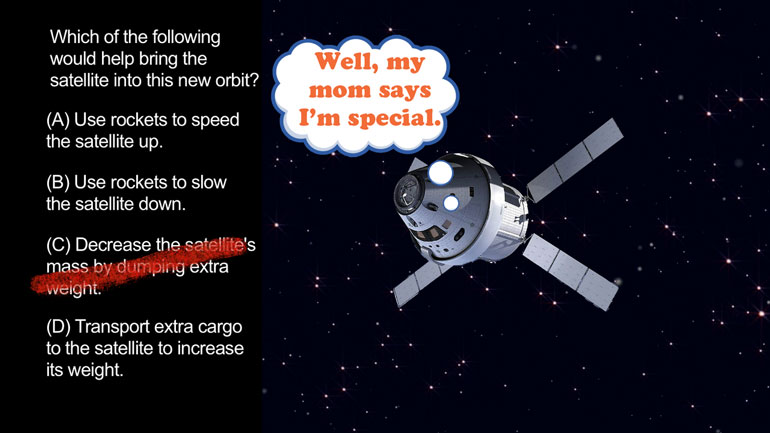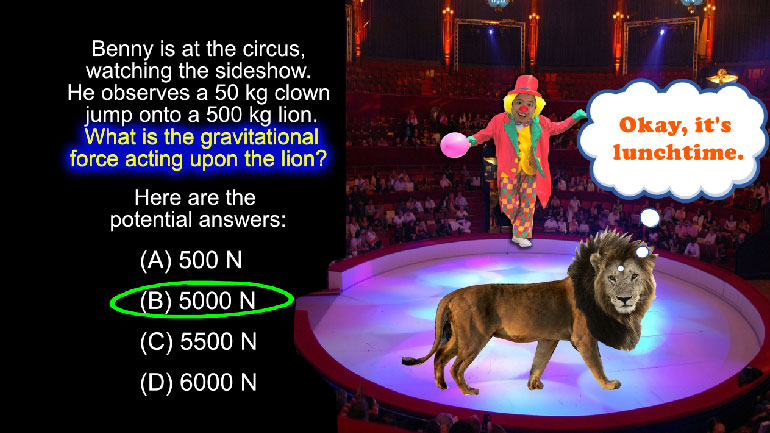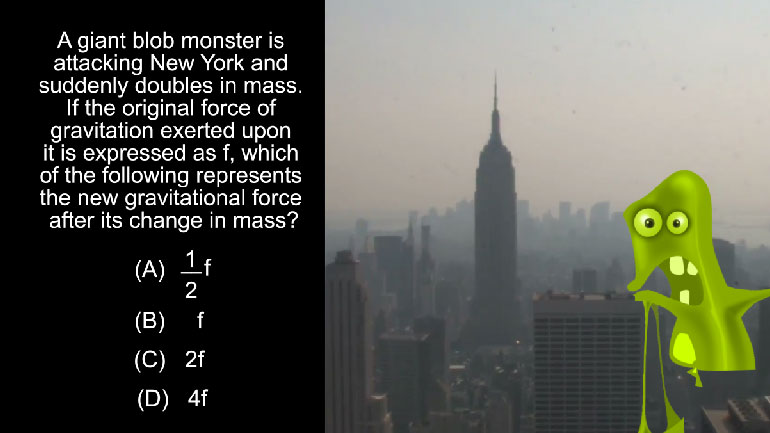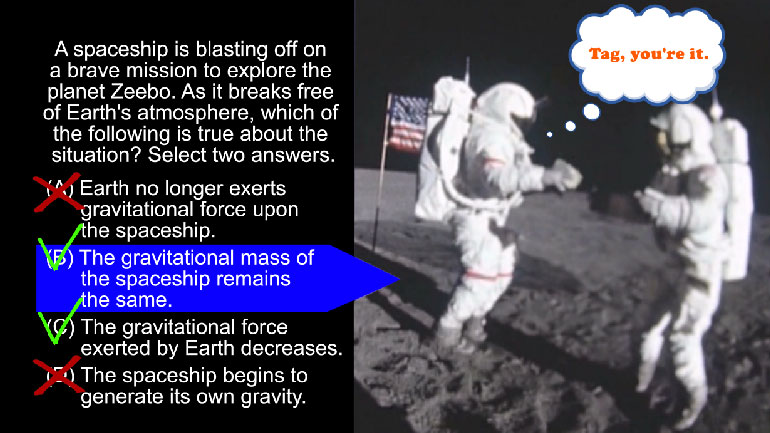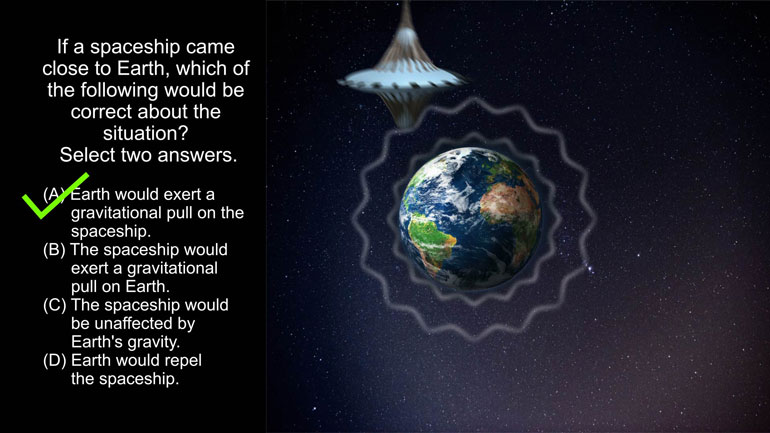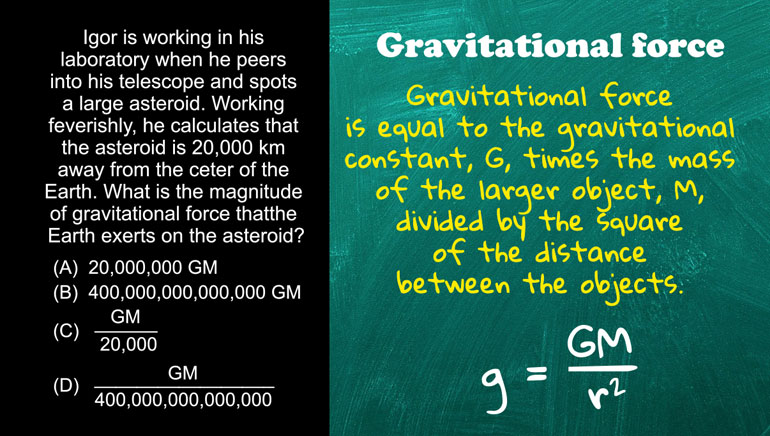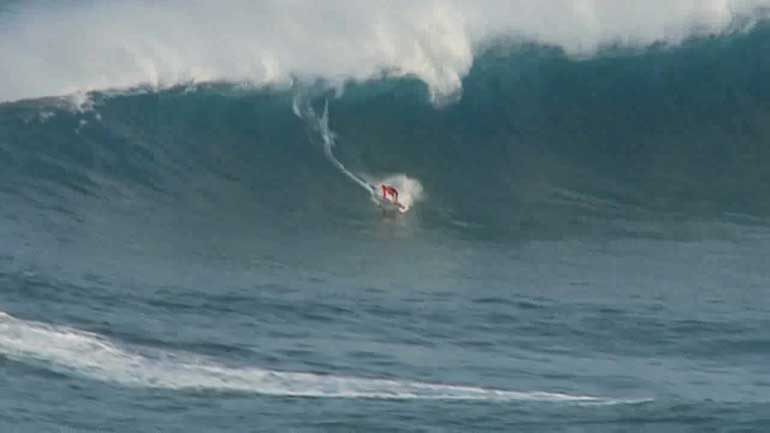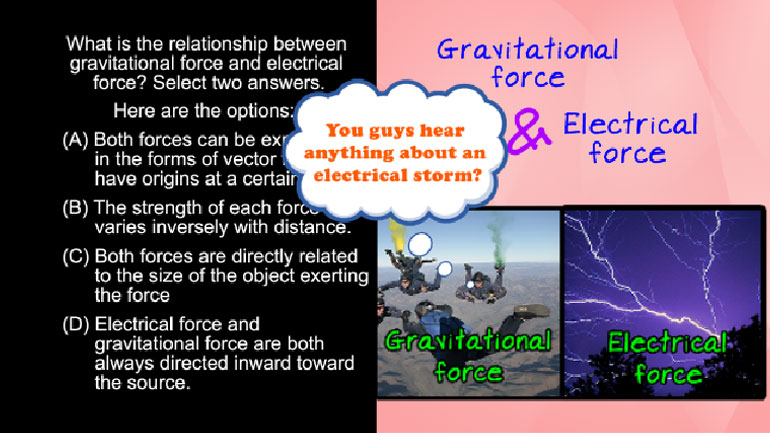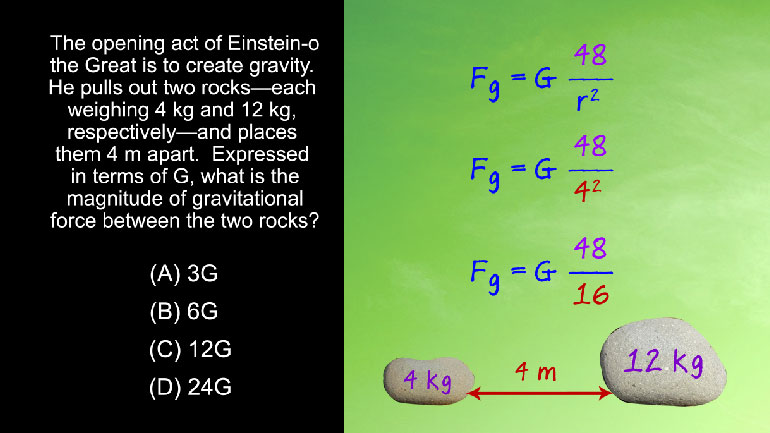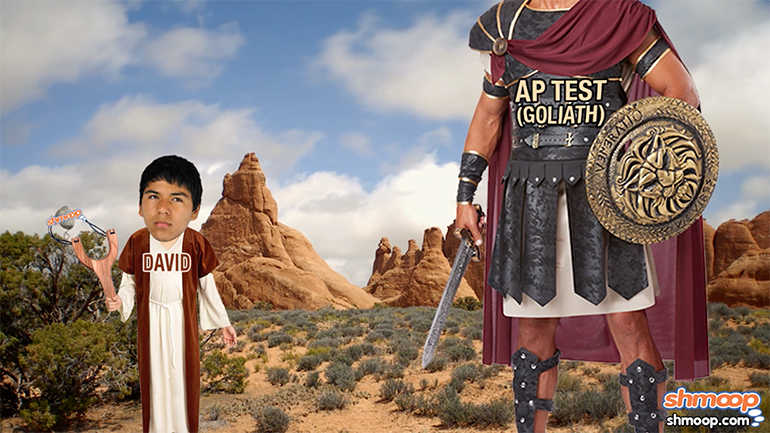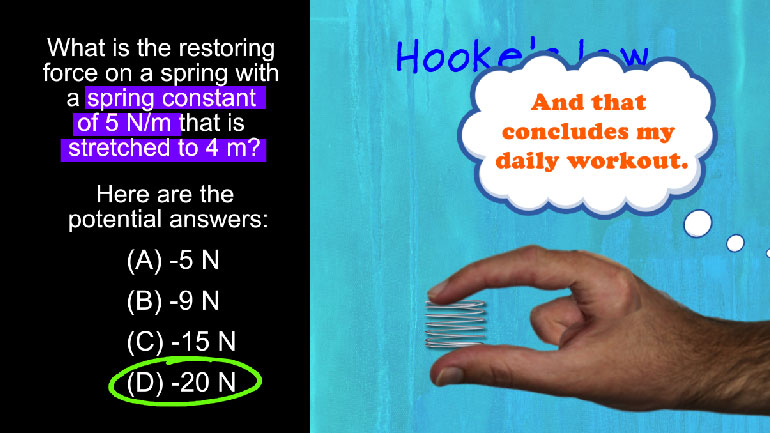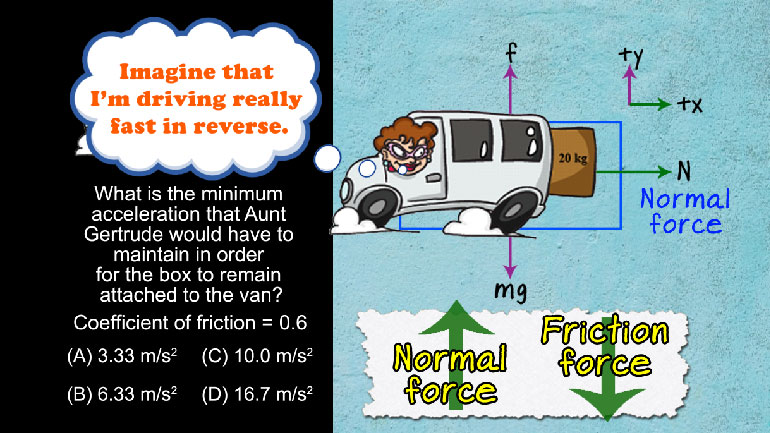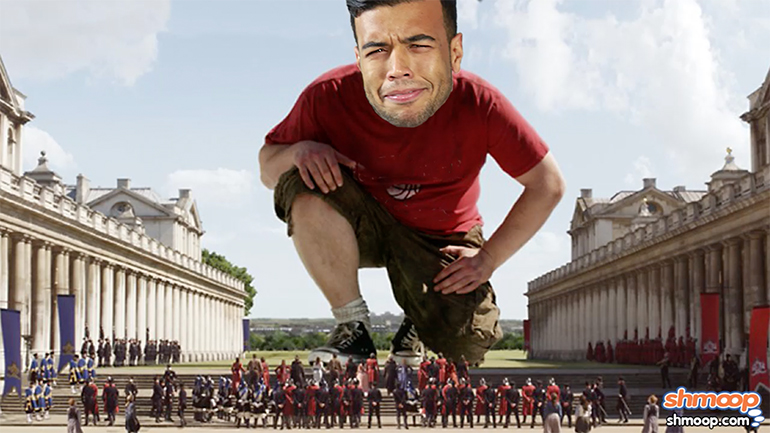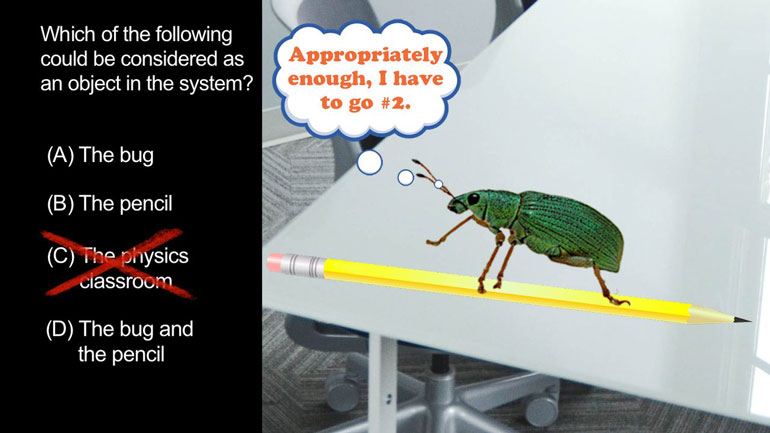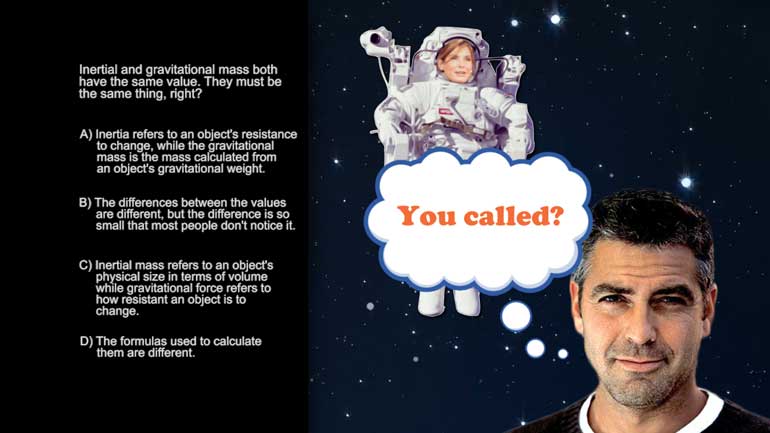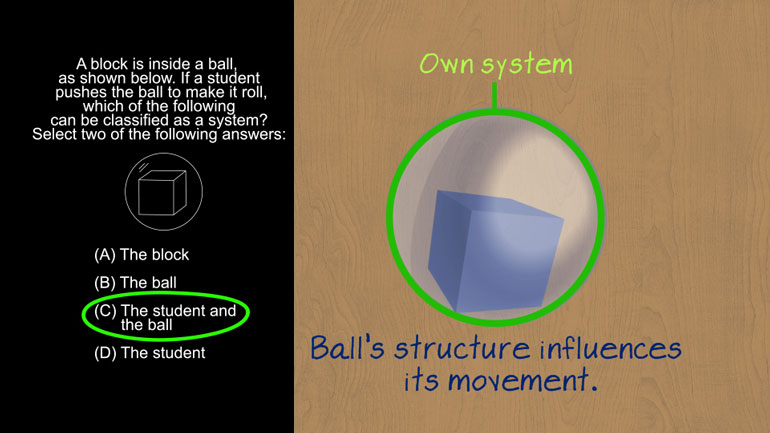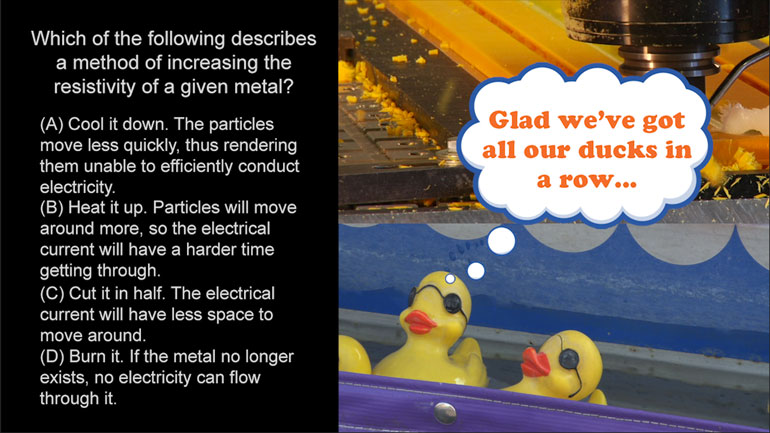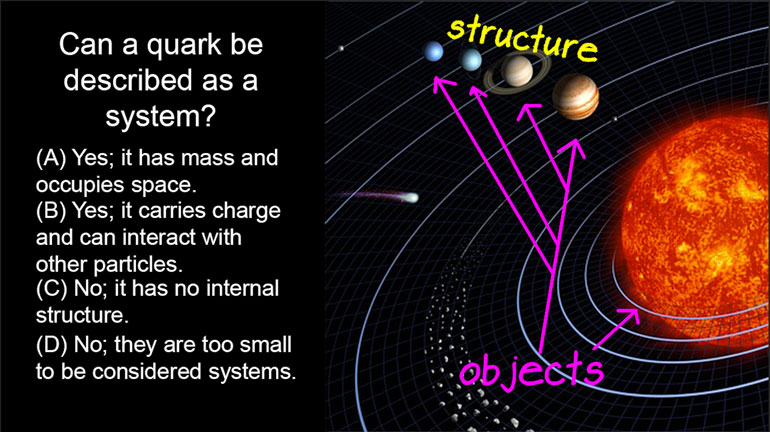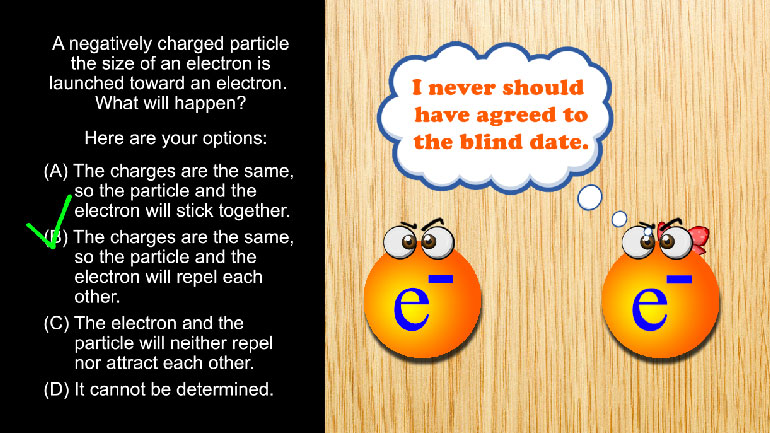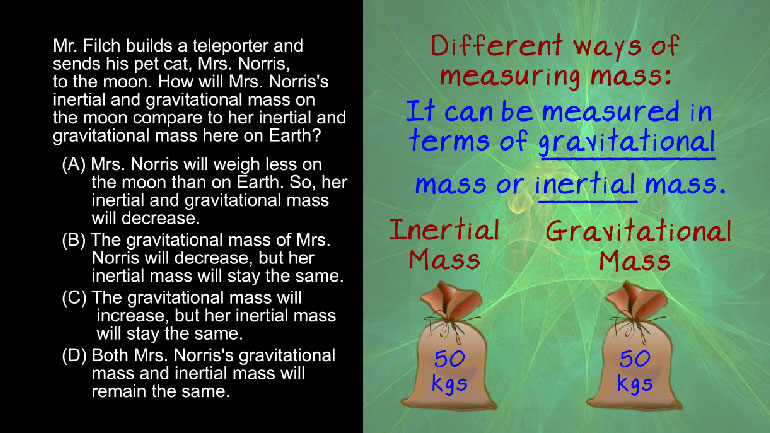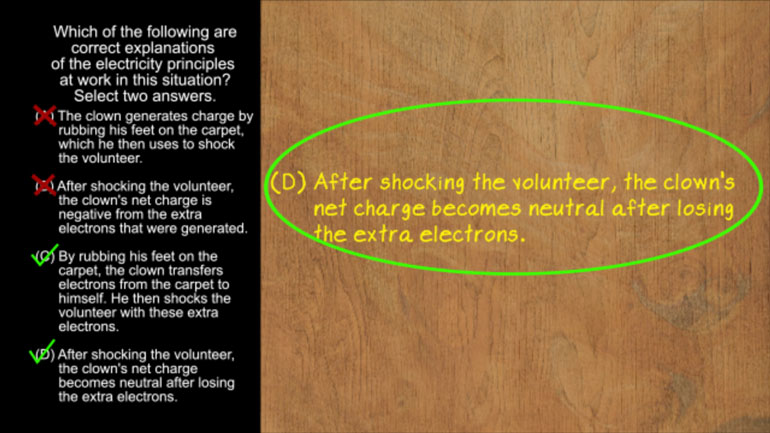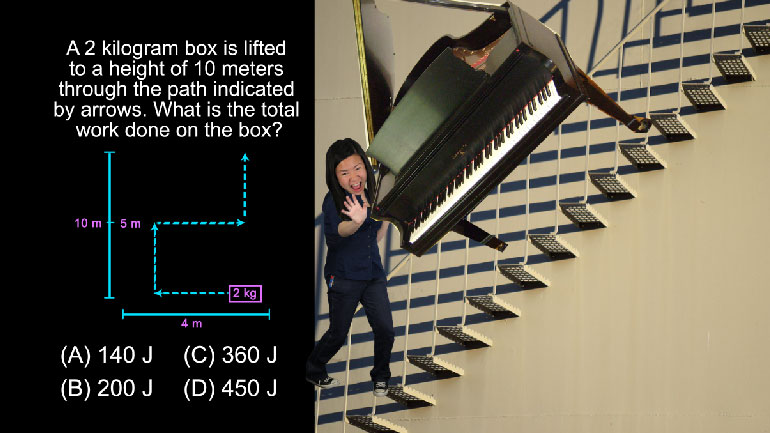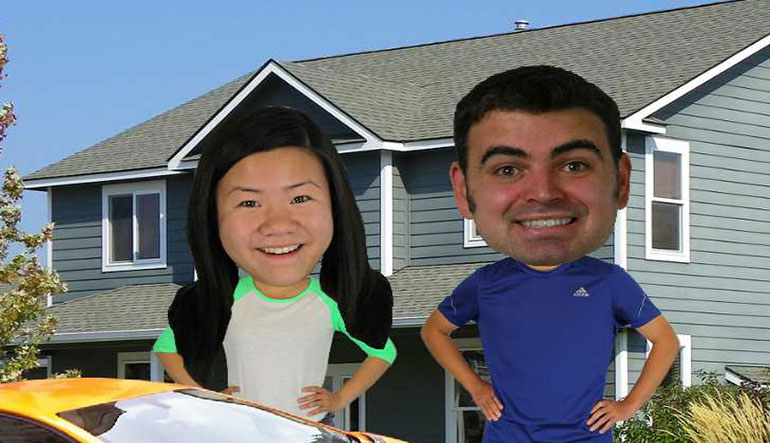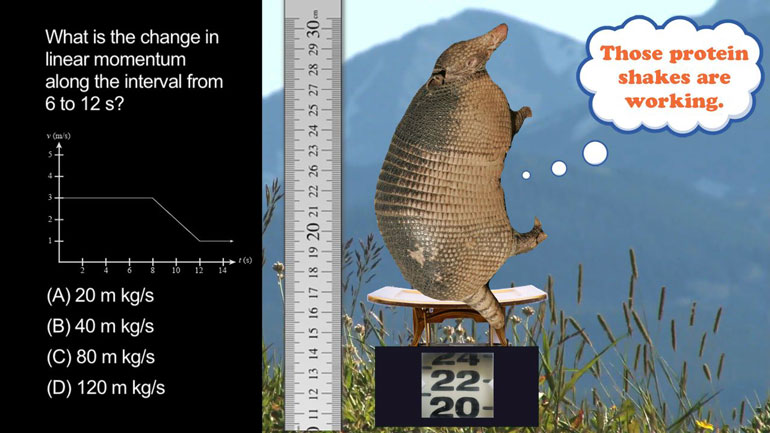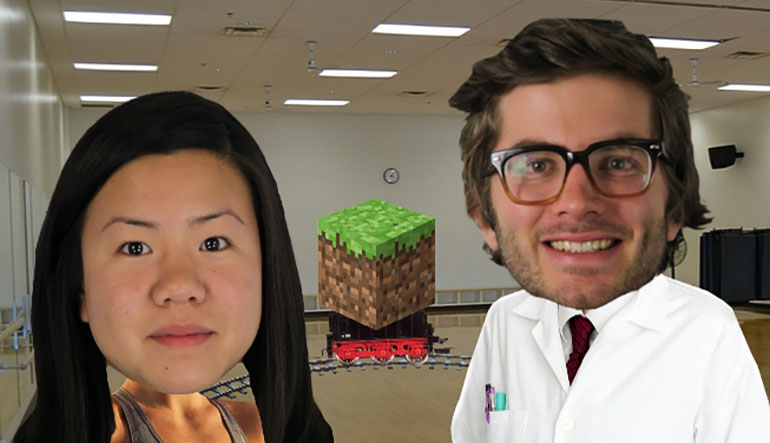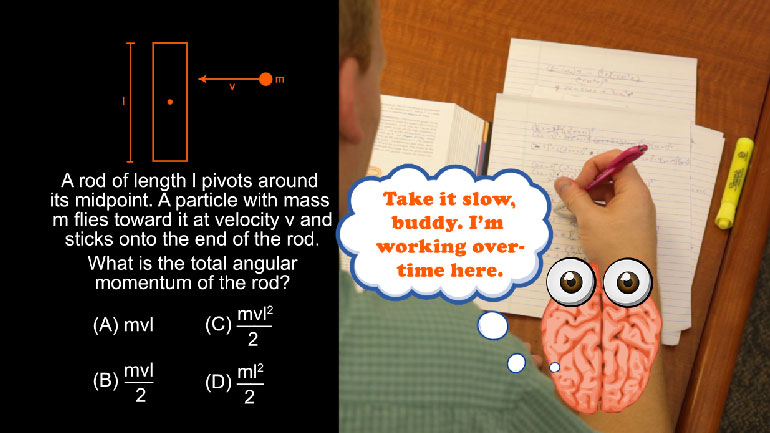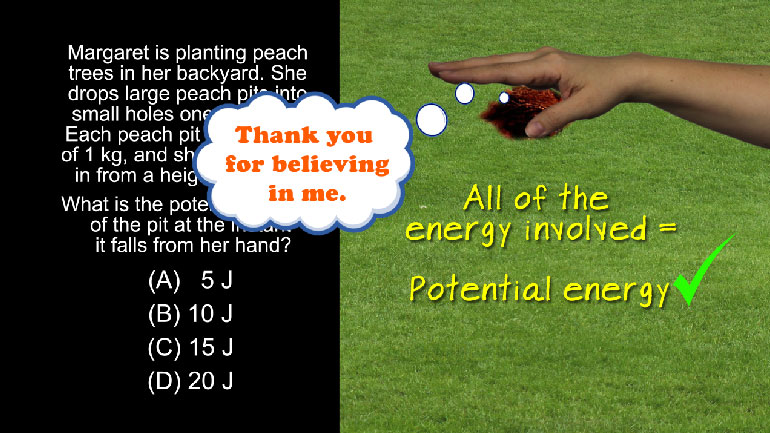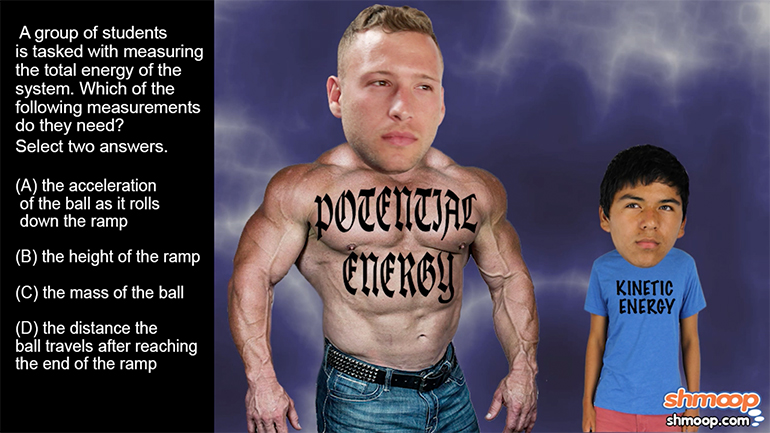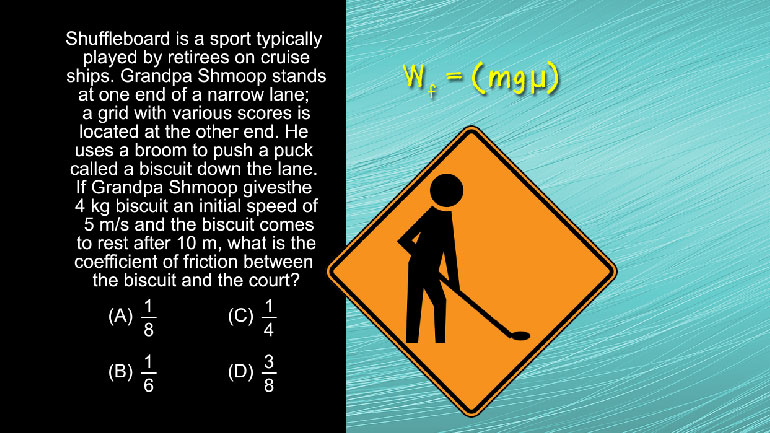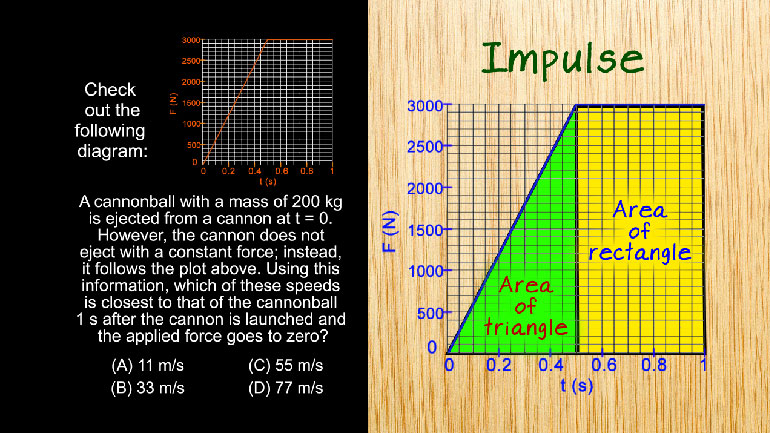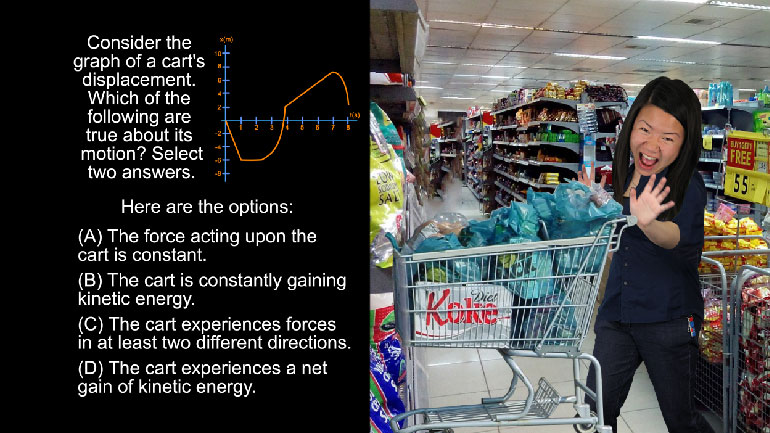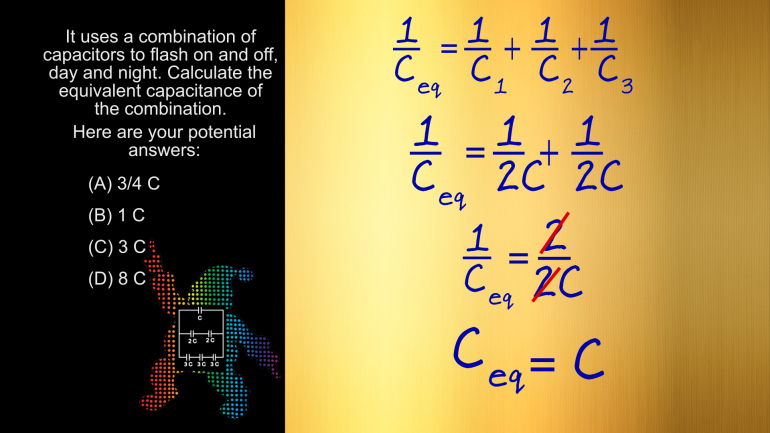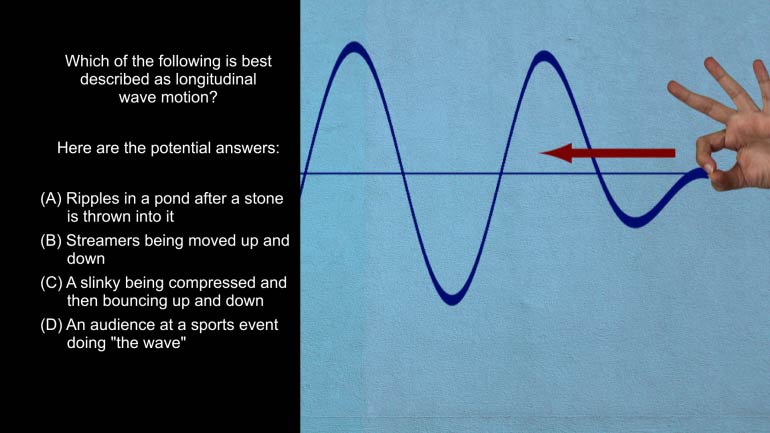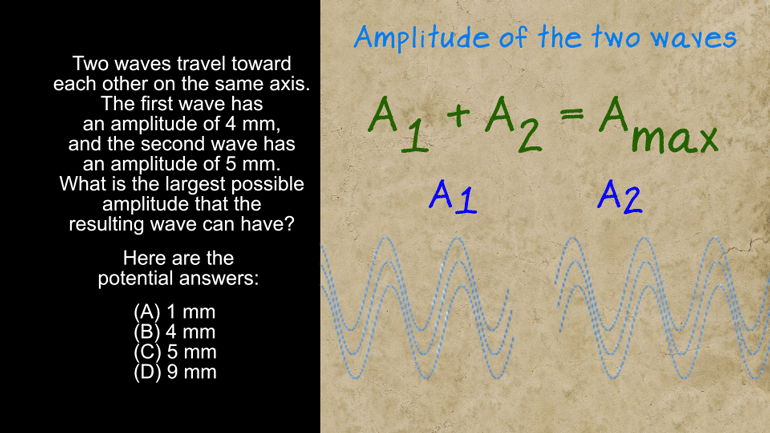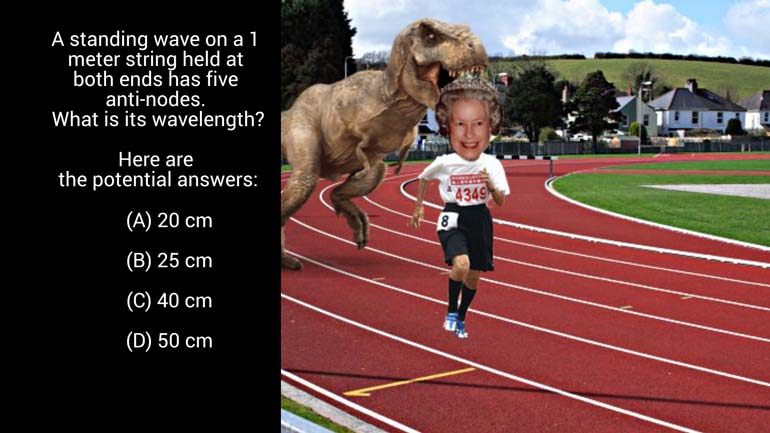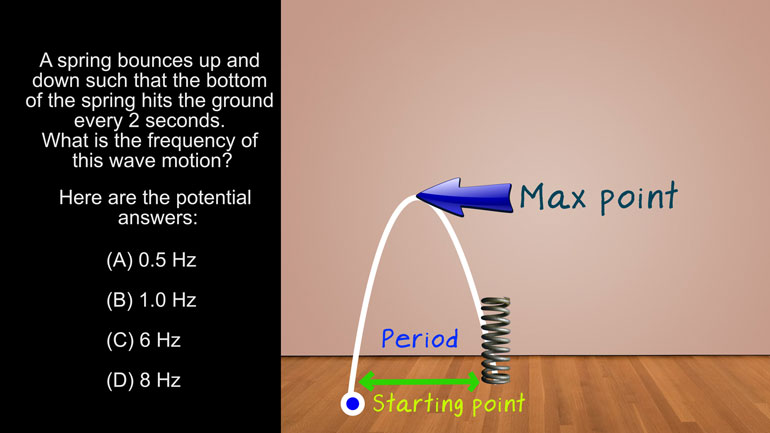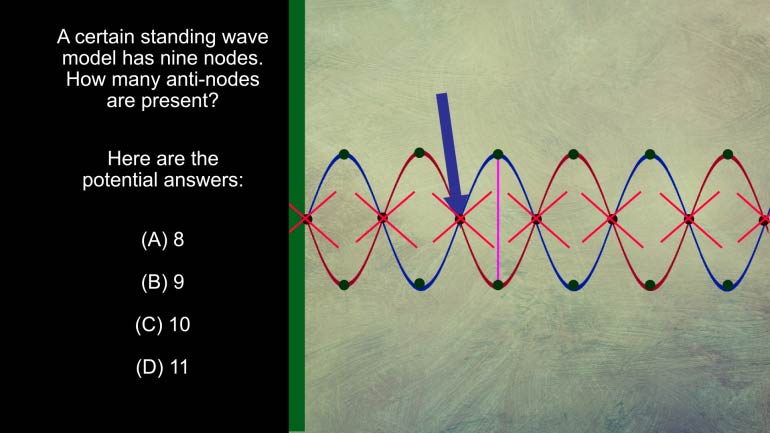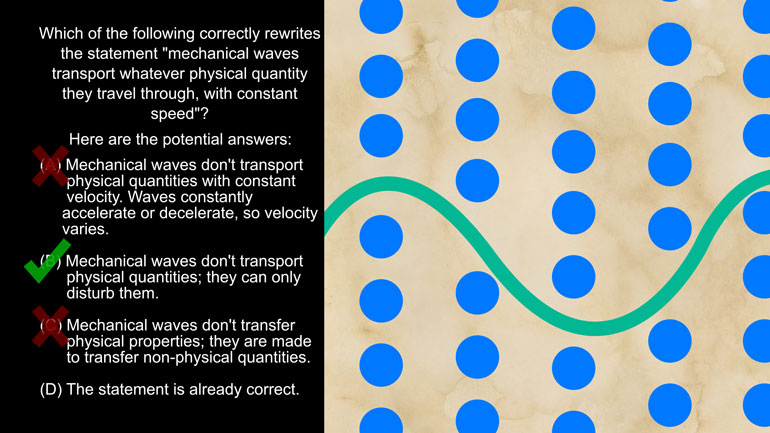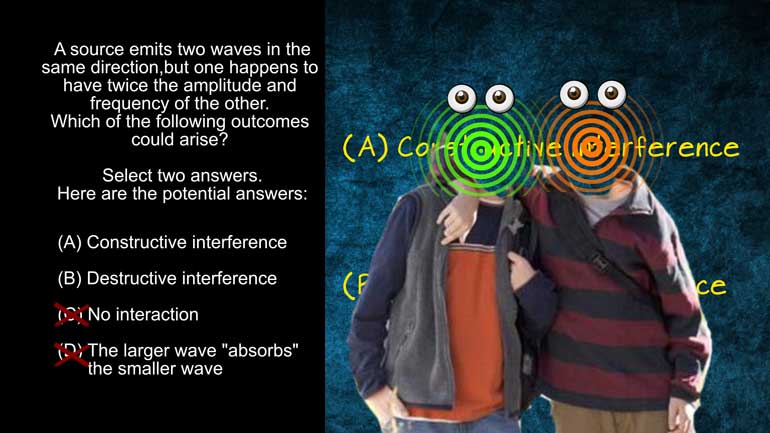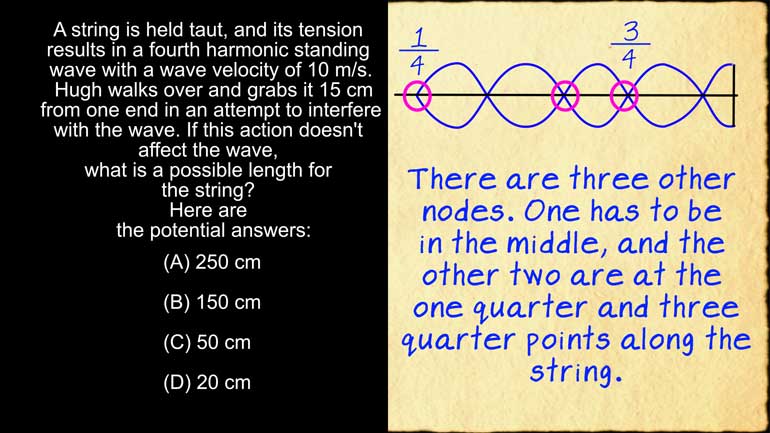ShmoopTube
Where Monty Python meets your 10th grade teacher.
Search Thousands of Shmoop Videos
AP Physics 1 Videos 86 videos
AP Physics 1: 1.4 Waves. Which of the following is technically true for Max as he stands at the edge of oblivion?
AP Physics 1: 1.4 Changes and Conservation Laws. Find the current across R2.
AP Physics 1: 2.4 Changes and Conservation Laws. Which of the following circuits should the students use?
AP Physics 1: 2.2 Waves 19 Views
Share It!
Description:
AP Physics 1: 2.2 Waves. What's the wavelength of this standing wave?
Transcript
- 00:03
And here's your sure shmoop du jour brought to you by music because [Woman sat at a desk with open books]
- 00:07
without waves of sound well they're just wouldn't be music hopefully your brother
- 00:10
just going through a phase with those drums a standing wave is generated by a [Girls brother playing the drums]
- 00:15
string that is 24 meters long and attached to one end of a wall the
- 00:21
unattached end of the string is then moved up and down to induce a wave
Full Transcript
- 00:25
motion with a total of six anti-nodes what's the wavelength of this standing
- 00:31
wave and here the potential answers...All right well to answer this
- 00:37
question let's take a closer look at standing waves but not too close [Girl looking at a moving string]
- 00:41
it's the vibrating string and we don't want to get smacked let's imagine the same setup
- 00:45
with a string anchored on the wall and us creating a wave at the other end but [Man holding a piece of string attached to a wall]
- 00:50
this time we'll just send one wave down the string when the wave reaches the [One wave created down the string]
- 00:54
wall it'll bounce off reflecting back down the string now if we find the right
- 00:59
frequency the wave we create at one end will perfectly match the way that
- 01:04
reflects off the wall when this happens we'll create a standing wave right well [A standing wave of the piece of string]
- 01:09
a standing wave is created by two waves moving in opposite direction to create
- 01:13
constructive interference of their points of maximum amplitude and
- 01:17
destructive interference at their points of equilibrium this creates a standing
- 01:22
wave which vibrates back and forth with its anti node but doesn't move at all at [Standing wave shown vibrating back and forth]
- 01:28
it nodes. Well the wavelength of a standing wave equals the length of two
- 01:33
complete loops formed by the nodes and antinodes. Why two? well since we're dealing
- 01:37
with two waves acting in conjunction the wavelength has to include the crest and [Crest and trough of a wave]
- 01:42
trough of the wave ok thanks for learning about standing waves with us
- 01:46
we've certainly had a lot of fun and oh yeah we haven't answered the question. [Pieces of wood attach to spell The End]
- 01:50
Well let's do some math the length of the string equals the number of anti
- 01:54
nodes multiplied by the distance between each anti node and the distance between
- 01:58
each antinode equals half of a wavelength so the equation looks like
- 02:03
this right here now we just have to put in the numbers and solve for the [Equation for wavelength of the string]
- 02:06
wavelength. A length of the string is 24 meters and we have six nodes with this
- 02:11
we're able to see that the wave length equals 8 meters so the answer is B just
- 02:15
remember that the wavelength in a standing wave equals the length of one wave gone [A standing wavelength]
- 02:19
from equilibrium to maximum positive displacement then back to equilibrium
- 02:22
down to maximum negative displacement and finally back to equilibrium phew, getting a [a rollercoaster in motion]
- 02:28
little seasick here describing it like that, and if our brother keeps listening to
- 02:31
the top songs of the year and at that volume well we're going to
- 02:35
go in there and explain all this standing wave stuff to him in great detail [girl explaining standing waves to her brother playing the drums]
- 02:39
well that should keep him quiet for a while
Related Videos
AP Physics 1: 1.4 Waves. Which of the following is technically true for Max as he stands at the edge of oblivion?
AP Physics 1: 1.4 Changes and Conservation Laws. Find the current across R2.
AP Physics 1: 2.4 Changes and Conservation Laws. Which of the following circuits should the students use?
AP Physics 1: 1.5 Waves. What can possibly occur when the two waves reach each other?




